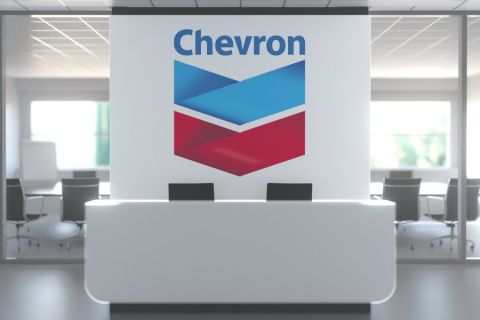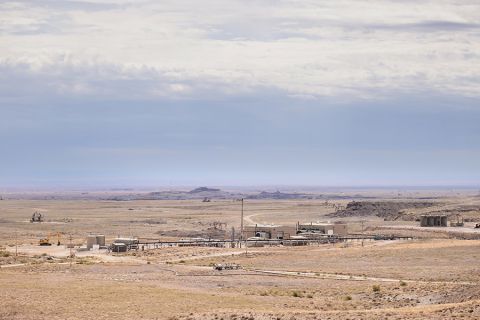Dräger Safety AG & Co. KGaA on Sept. 15 said that after an initial investment in the company in 2018, it has now made a follow-on equity investment in Kuva Systems.
The Kuva platform is a camera-based methane monitoring solution centered on color-coded video clips of invisible gas that are automatically generated when emission events are detected. By making the invisible measurable, and thereby manageable, Kuva enables the oil and gas industry to continuously identify and reduce methane leaks as they occur and thereby meet ESG and methane intensity goals.
The Kuva technology is a breakthrough because, unlike other infrared camera solutions, it is not confused by the variability that thermal infrared background radiation creates in a scene. This allows for confident automated gas detection.
The financing round also includes follow-on investments by investors from the Clean Energy Venture Group and Launchpad Venture Group. Formerly known as MultiSensor Scientific, the company has concurrently rebranded as Kuva Systems to better reflect the industrial focus that is core to its mission.
Methane is a carbon dioxide-like greenhouse gas. Leading oil and gas firms have made self-commitments to reduce their methane emissions as part of net-zero emission goals. Methane emissions from the global oil and gas industry currently contribute to climate change at double the rate of worldwide airplane traffic.
“We’ve been impressed by the progress of the Kuva team,” Bernhard Mohr, vice president processing industries at Dräger Safety, said. “Methane emissions are an extraordinary challenge for the oil and gas industry, both economic and environmental. The Kuva cloud-based gas monitoring service and low-cost infrared camera technology set them up as an unparalleled solution.”
“Continuous monitoring and quantification of methane emissions complement once-a-year optical gas inspections called for by regulations,” Stefan Bokaemper, CEO of Kuva Systems, said. “Companies want to detect major emissions from abnormal system operations at high-risk sites immediately, recapture lost revenues from leaks, and demonstrate clean operations to investors, customers and the public. Unlike installed point detectors, a camera-based monitoring solution eliminates the need for expensive secondary inspections, minimizes false positives, and thereby lowers the total-cost-of-ownership.”
Kuva Systems is starting field installations at up to 100 sites in Alberta, Canada. Additional field testing in Texas will start in October.
The Kuva solution benefits from a strong intellectual property portfolio. Its technology is protected worldwide by six patents, 15 patent applications, and numerous trade secrets.
Recommended Reading
Chevron Pushing Longer Laterals in Argentina’s Vaca Muerta Shale
2024-09-13 - Chevron Corp., already drilling nearly 2.8-mile laterals at its Loma Campana Field in Argentina, wants to drill even longer horizontals, an executive told Hart Energy.
Now, the Uinta: Drillers are Taking Utah’s Oily Stacked Pay Horizontal, at Last
2024-10-04 - Recently unconstrained by new rail capacity, operators are now putting laterals into the oily, western side of this long-producing basin that comes with little associated gas and little water, making it compete with the Permian Basin.
Matador May Tap Its Haynesville ‘Gas Bank’ if Prices Stabilize
2024-10-24 - The operator holds 8,900 net Haynesville Shale acres and 14,800 net Cotton Valley acres in northwestern Louisiana, all HBP, that it would drill if gas prices stabilize—or divest for the right price.
Northern’s O’Grady: Most of ‘Best’ Acres ‘Already Been Bought’
2024-10-24 - Adding new-well inventory going forward will require “exploration or other creative measures,” said Nick O’Grady, whose Northern Oil and Gas holds interests in 10,000 Lower 48 wells.
Exxon Plans Longest 20,000-Ft Wells on Pioneer’s Midland Asset
2024-11-04 - Exxon Mobil has already drilled some of the longest wells in the New Mexico Delaware Basin. Now, the Texas-based supermajor looks to go longer on Pioneer’s Midland Basin asset.





